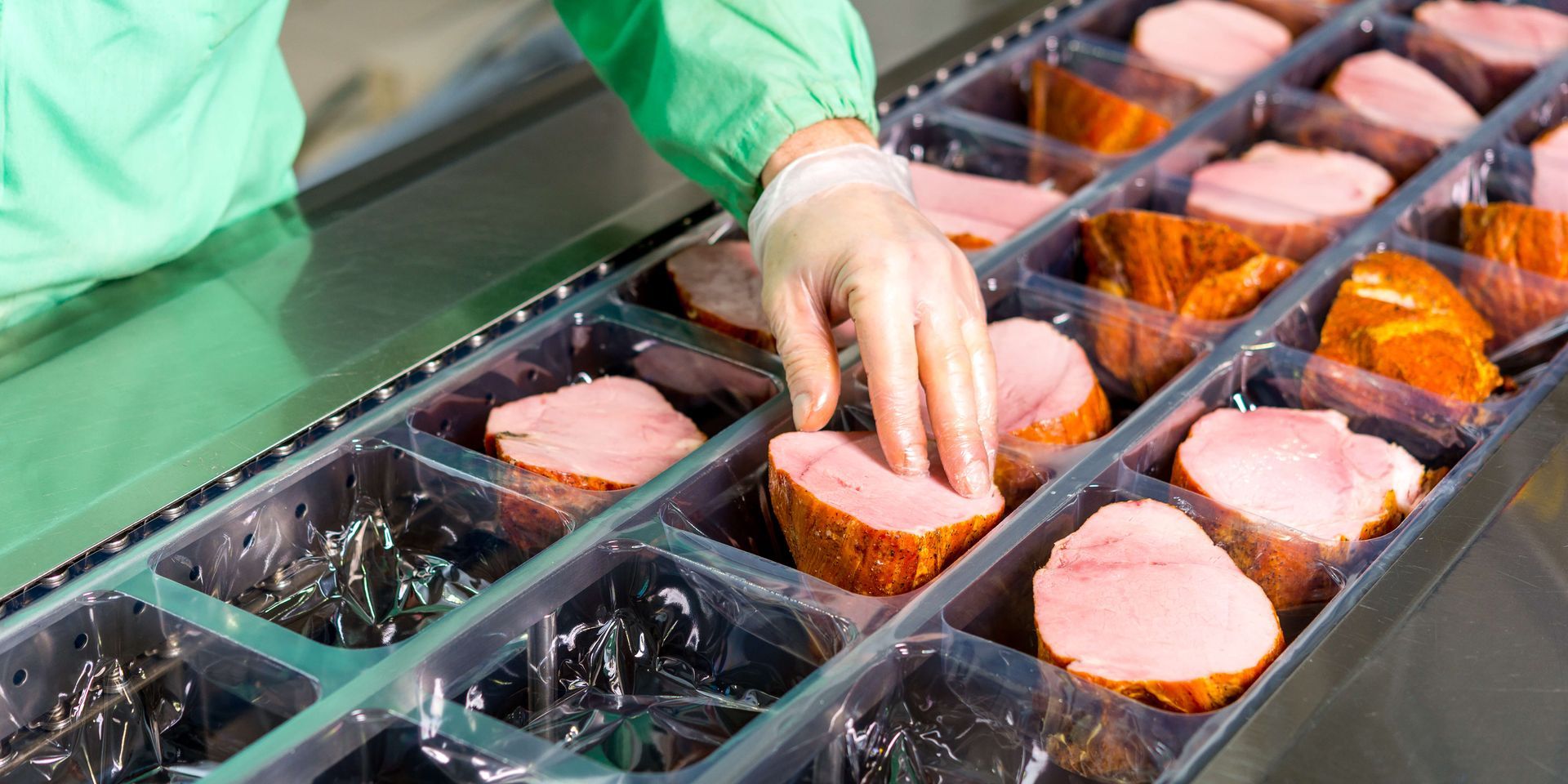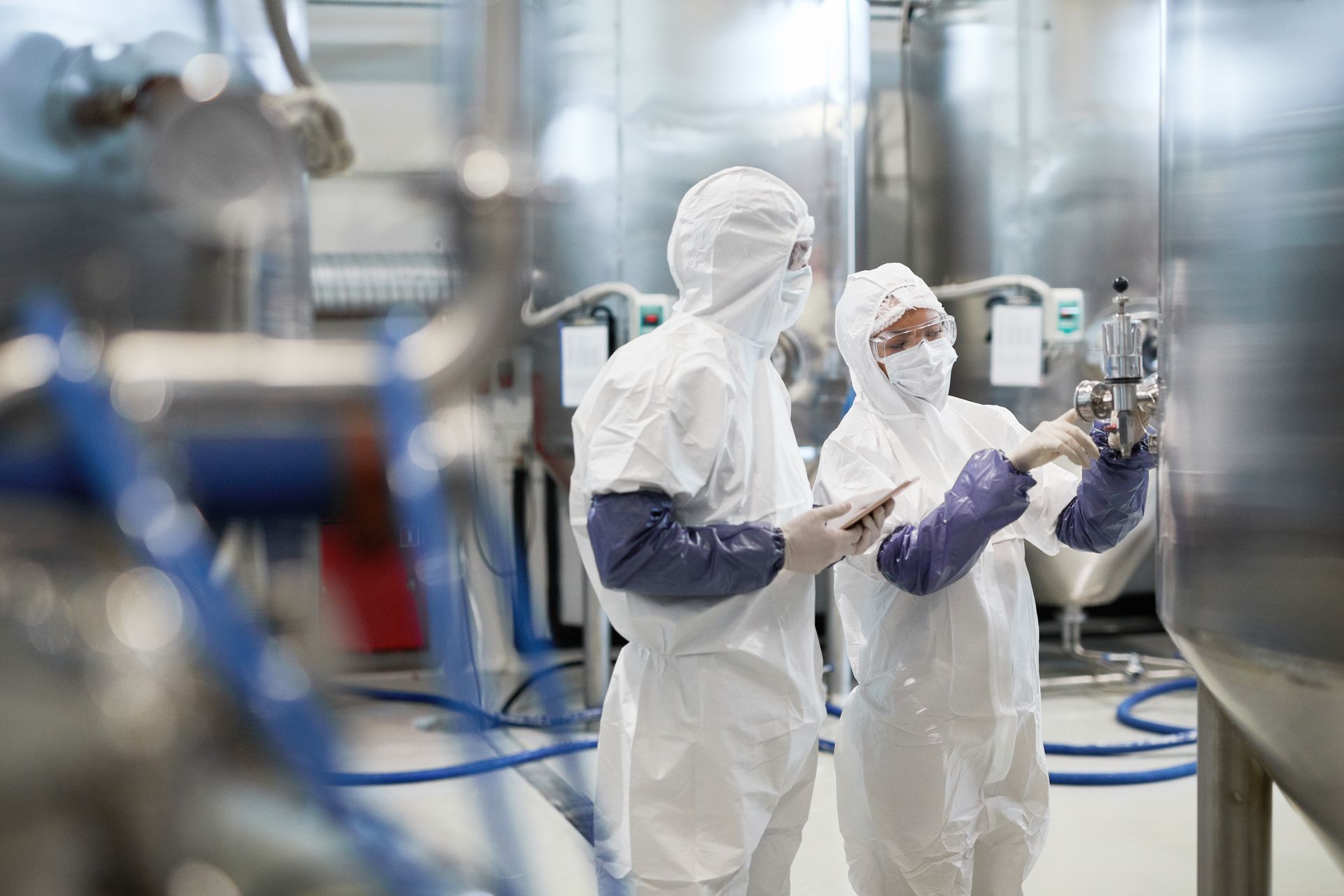Microbial Environmental Monitoring Specifications for Food Industries

Introduction
Microbial environmental monitoring (MEM) is a critical aspect of food safety and quality control within food production environments. It involves the systematic collection, analysis, and evaluation of environmental samples from food processing facilities to detect and control microbial contamination. With foodborne illnesses remaining a significant global health concern, ensuring that microbial safety standards are maintained is essential in any food production setting. This article explores the specifications of microbial environmental monitoring for food industries, highlighting its importance, methodology, key components, and regulatory standards.
1. Understanding Microbial Environmental Monitoring (MEM)
Microbial environmental monitoring refers to the process of monitoring microorganisms present in the environment of food processing areas, including air, surfaces, water, equipment, and even personnel. The goal of MEM is to detect potential sources of microbial contamination that could compromise the safety, quality, and shelf-life of food products. It is crucial for identifying risks before they lead to significant problems, such as foodborne outbreaks or recalls.
In food manufacturing, contamination often comes from microorganisms like bacteria, yeasts, molds, and viruses. They can contaminate the product directly or indirectly through contact with the surfaces or air within the production environment. By regularly monitoring and analyzing microbial data, food manufacturers can better control and mitigate microbial risks.
2. Key Microorganisms of Concern in Food Environments
There are a variety of microorganisms that pose risks in food production environments, which can be categorized into the following:
- Pathogenic bacteria: These include Salmonella, Listeria monocytogenes, Escherichia coli (E. coli), and Campylobacter. These bacteria are of significant concern because they are associated with serious foodborne illnesses that can cause widespread health issues.
- Spoilage bacteria: Bacteria such as Pseudomonas, Bacillus, and Clostridium are common spoilage organisms that impact the shelf-life and organoleptic properties of food products.
- Fungi: Molds and yeasts can grow on food surfaces or in the processing environment, potentially affecting food quality and safety. Molds such as Aspergillus and Penicillium can produce mycotoxins that are harmful to consumers.
- Viruses: Though rarer, viruses like norovirus and hepatitis A are also a risk in food environments, particularly through contamination via food handlers.
3. Microbial Environmental Monitoring Specifications
The specifications for microbial environmental monitoring within the food industry are designed to ensure a robust framework for identifying contamination risks. These specifications generally include:
a. Sampling Strategy
The sampling strategy is a core component of MEM and must be carefully designed to accurately reflect the microbial load in the environment. The key specifications in sampling include:
- Frequency of sampling: The frequency of environmental sampling depends on the type of food product, the production process, and regulatory requirements. High-risk environments (e.g., ready-to-eat food processing plants) typically require more frequent sampling, often daily or weekly. Low-risk environments (e.g., dry food processing) may have less frequent sampling.
- Types of samples: Environmental samples can be collected from various surfaces, air, water, equipment, and even personnel. Surfaces, especially those in direct contact with food, are among the most common sampling sites. Airborne microbial sampling is also critical in environments with high levels of airborne dust and moisture.
- Sampling methods: There are several methods for microbial sampling, including swabbing, using contact plates, air sampling, and water sampling. Swabbing surfaces with sterile wipes and placing contact plates on surfaces to capture microbial growth are common practices. Air sampling can be done using impaction methods or filtration through specific air monitoring devices.
b. Microbial Testing Methods
Once samples are collected, the microbial testing phase begins. This involves using specific techniques to culture and identify microorganisms in the samples. Some of the standard methods include:
- Plate count methods: These involve culturing microbial samples on nutrient agar plates and counting the colonies that grow. It is one of the most widely used methods for detecting and quantifying bacteria in food processing environments.
- Most probable number (MPN): This statistical method is used for quantifying microorganisms, especially in liquid samples like water. It helps estimate the concentration of microbes in a sample.
- PCR (Polymerase Chain Reaction): Molecular techniques such as PCR are used to identify specific microorganisms' DNA. This is particularly useful in detecting pathogens like Salmonella or E. coli in environmental samples.
- ATP bioluminescence: This rapid test method measures the presence of adenosine triphosphate (ATP), a molecule present in all living cells, to assess the cleanliness of surfaces and the presence of microbial contamination.
c. Risk-Based Monitoring
Risk-based environmental monitoring specifies that sampling and testing efforts should be focused on high-risk areas and critical control points within the production facility. Some risk-based strategies involve:
- Targeted monitoring: Emphasizing areas where microbial contamination is most likely to occur, such as wet zones, food contact surfaces, and high-touch equipment.
- Microbial hazard analysis: This involves evaluating the entire production process to identify where contamination may occur and focusing monitoring efforts on these points, such as raw material handling, cooking, cooling, and packaging areas.
- Environmental mapping: Creating detailed maps of the processing environment helps to identify potential hotspots for contamination, allowing for targeted microbial monitoring.
d. Action Limits and Corrective Actions
For MEM to be effective, established action limits must be in place. These limits dictate the maximum allowable microbial counts in environmental samples. If these limits are exceeded, corrective actions must be implemented immediately. The following components are critical:
- Action limits: These are thresholds for microbial levels above which corrective actions must be taken. These thresholds vary depending on the type of microorganism and the food product involved. For example, pathogens like Salmonella may require immediate corrective actions at even low levels, while spoilage organisms might allow for more flexibility.
- Corrective actions: If action limits are exceeded, corrective actions may include increasing the cleaning and sanitation protocols, adjusting the production process, or conducting additional microbiological testing to identify the source of contamination.
4. Regulatory Framework and Guidelines
Numerous regulatory bodies establish guidelines and standards for microbial environmental monitoring in food industries. Some of the most important organizations include:
- The Food and Drug Administration (FDA): In the United States, the FDA provides guidelines for environmental monitoring in food facilities, particularly through its Food Safety Modernization Act (FSMA), which emphasizes proactive controls, including MEM, to prevent contamination.
- The European Food Safety Authority (EFSA): EFSA provides risk assessments and guidelines for food safety, which are integral to MEM practices in Europe.
- The Codex Alimentarius Commission: This international organization provides food safety standards and guidelines that help establish best practices for MEM in food production environments globally.
- HACCP (Hazard Analysis and Critical Control Points): HACCP is a preventive approach to food safety and is widely adopted across the food industry. It incorporates MEM as a critical component of identifying, monitoring, and controlling microbial hazards.
5. Conclusion
Microbial environmental monitoring plays a vital role in ensuring the safety and quality of food products. By establishing robust monitoring programs that include frequent sampling, effective testing methods, and a focus on critical risk areas, food manufacturers can significantly reduce the risk of microbial contamination. Coupled with a regulatory framework and corrective action protocols, MEM helps maintain food safety standards, protect consumers, and ensure compliance with food safety regulations.
As food industries continue to innovate and adapt to new technologies, the specifications of microbial environmental monitoring will remain integral to safeguarding public health.
Read more: All About Cleanrooms - The ultimate Guide






